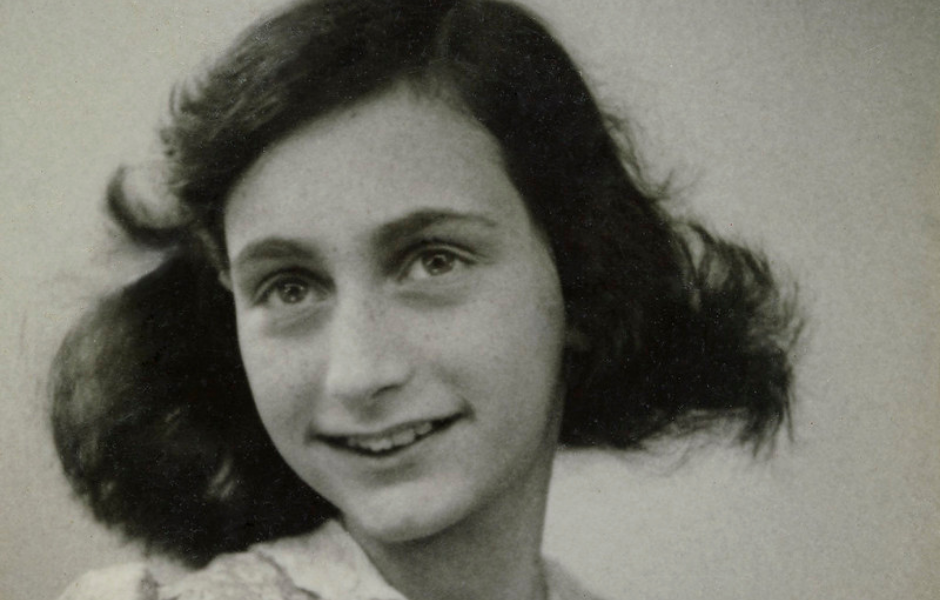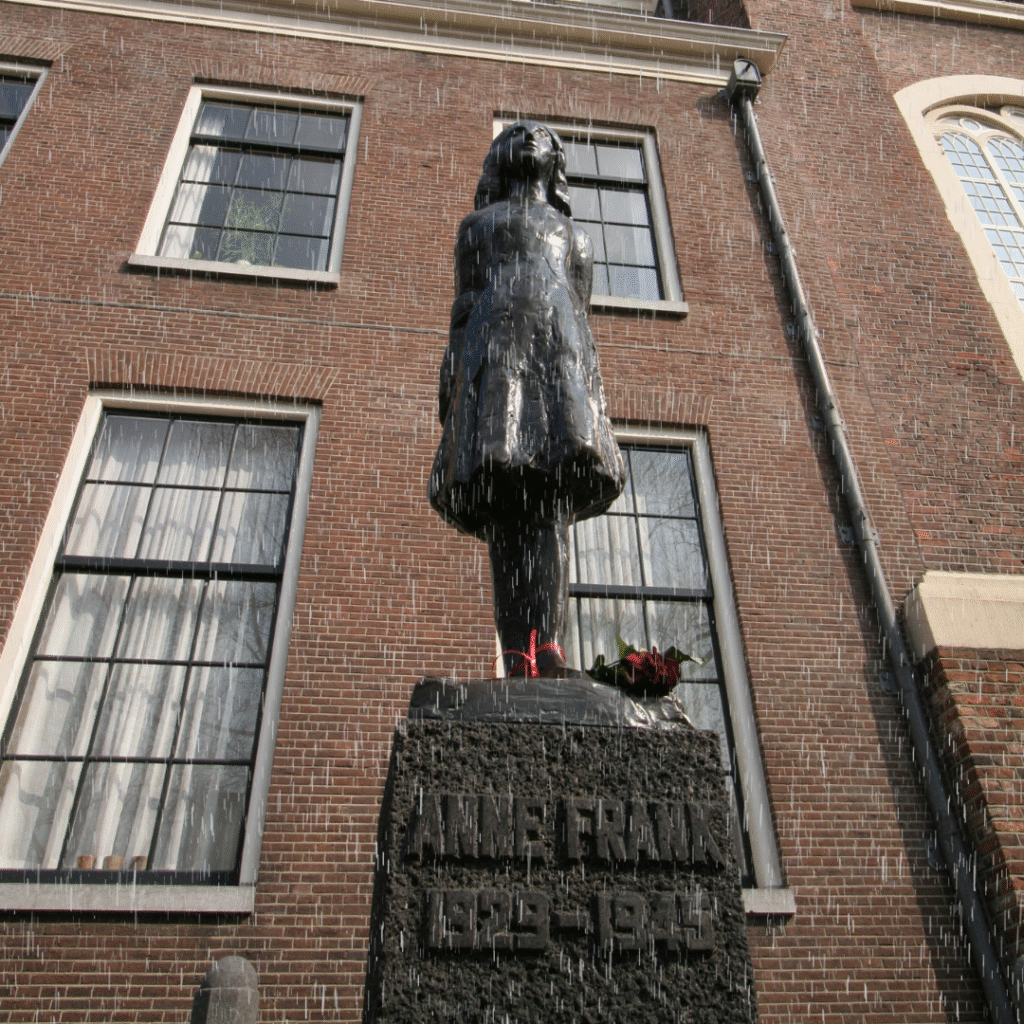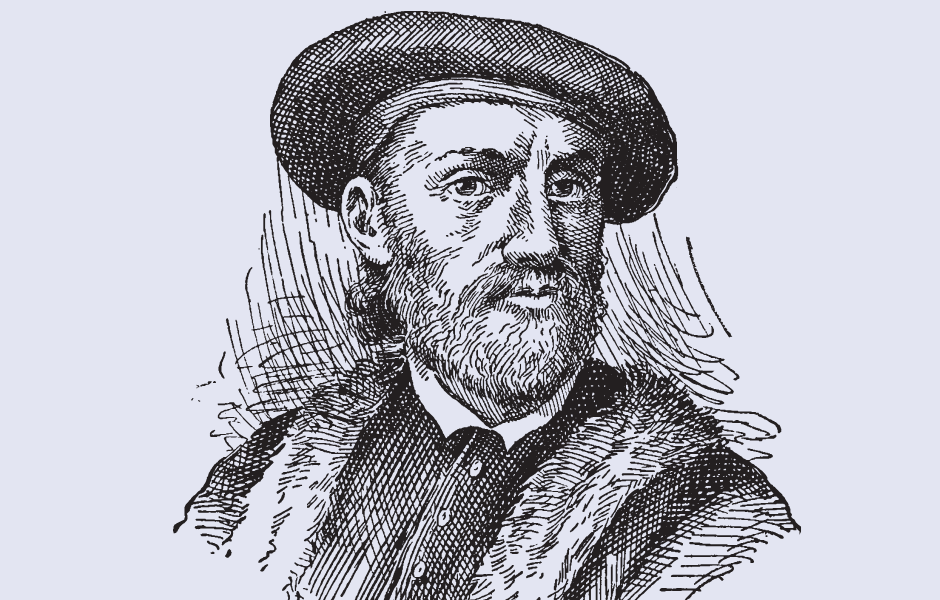
This children’s article, June 14: Anne Frank begins her diary, has been written for native English speakers and learners of English as a second or foreign language. It helps children build vocabulary, learn about history, and enjoy reading for fun. Written by Mark Pulley, a writer and teacher who creates fun and informative news articles for English learners.
Who was Anne Frank?
Anne Frank was a thirteen-year-old girl from Amsterdam in the Netherlands. She was born in Germany in 1929, but moved to Amsterdam when she was five years old. On the 14th of June 1942, just two days after her thirteenth birthday, Anne began to write in her diary.
Why is her diary so famous?
Anne and her family went into hiding during the Holocaust, a time when millions of Jewish people were persecuted. While hiding in an attic called the “Secret Annex,” she wrote about her daily life, hopes, and fears. Her words gave the world a very personal view of an important time in history. She called her diary Kitty, and wrote to it like it was her good friend.
After the hiding place was discovered by Nazi soldiers in 1944, Anne was taken away and never came home. Luckily, her diary was saved and later published by her father.
The diary’s honest, vivid writing and Anne’s optimistic spirit captured readers’ hearts. It has been translated into more than 70 languages and remains one of the best-known accounts of that period.
Anne Frank’s diary today
Today, the Anne Frank House is a museum in Amsterdam. Visitors can see the rooms where Anne and her family hid. The museum preserves her actual diary and other belongings. Schools and organisations around the world teach about Anne’s legacy to remind us of the importance of tolerance and human rights.
Every year on the 14th of June, people remember Anne’s courage and the power of her words. Her story continues to inspire new generations.

Article vocabulary list
- Diary – A book in which someone writes personal thoughts and experiences.
- Holocaust – The organised persecution and murder of six million Jewish people before and during World War II.
- Museum – A place where objects of historical or cultural interest are shown.
- Legacy – Something handed down from the past, such as ideas or achievements.
- Persecuted – Treated very badly, often because of religion, race, or beliefs.
- Dutch – Relating to the Netherlands, a country in northwestern Europe.
- Nazi – A member of the political group that ruled Germany under Adolf Hitler during World War II. The Nazis started the war and were responsible for the Holocaust.
- Optimistic – Feeling hopeful and positive about the future, even in difficult times.
- Human rights – The basic freedoms and protections that every person should have, like being treated fairly and safely.
Comprehension questions
Just click the plus (+) to see the answer
1. 1. Who began writing her diary on 14 June 1942?
a) Marie Curie
b) Anne Frank
c) Queen Wilhelmina
Answer: b) Anne Frank
2. What did Anne call her diary?
a) Diary
b) Kitty
c) Pencil
Answer: b) Kitty
3. Why did Anne Frank’s family go into hiding?
a) To paint pictures
b) To survive the Holocaust
c) To study abroad
Answer: b) To survive the Holocaust
4. Where can you visit to see Anne’s hiding place today?
a) The Louvre
b) Anne Frank House
c) Rijksmuseum
Answer: b) Anne Frank House
5. What is one lesson from Anne Frank’s legacy?
a) To never learn history
b) To respect human rights
c) To hide all books
Answer: To respect human rights

Mark is a writer and EFL teacher from England with eight years’ experience. He’s passionate about travel, sport (especially football), animals, nature, and history, and enjoys helping children explore the world through language and learning.




